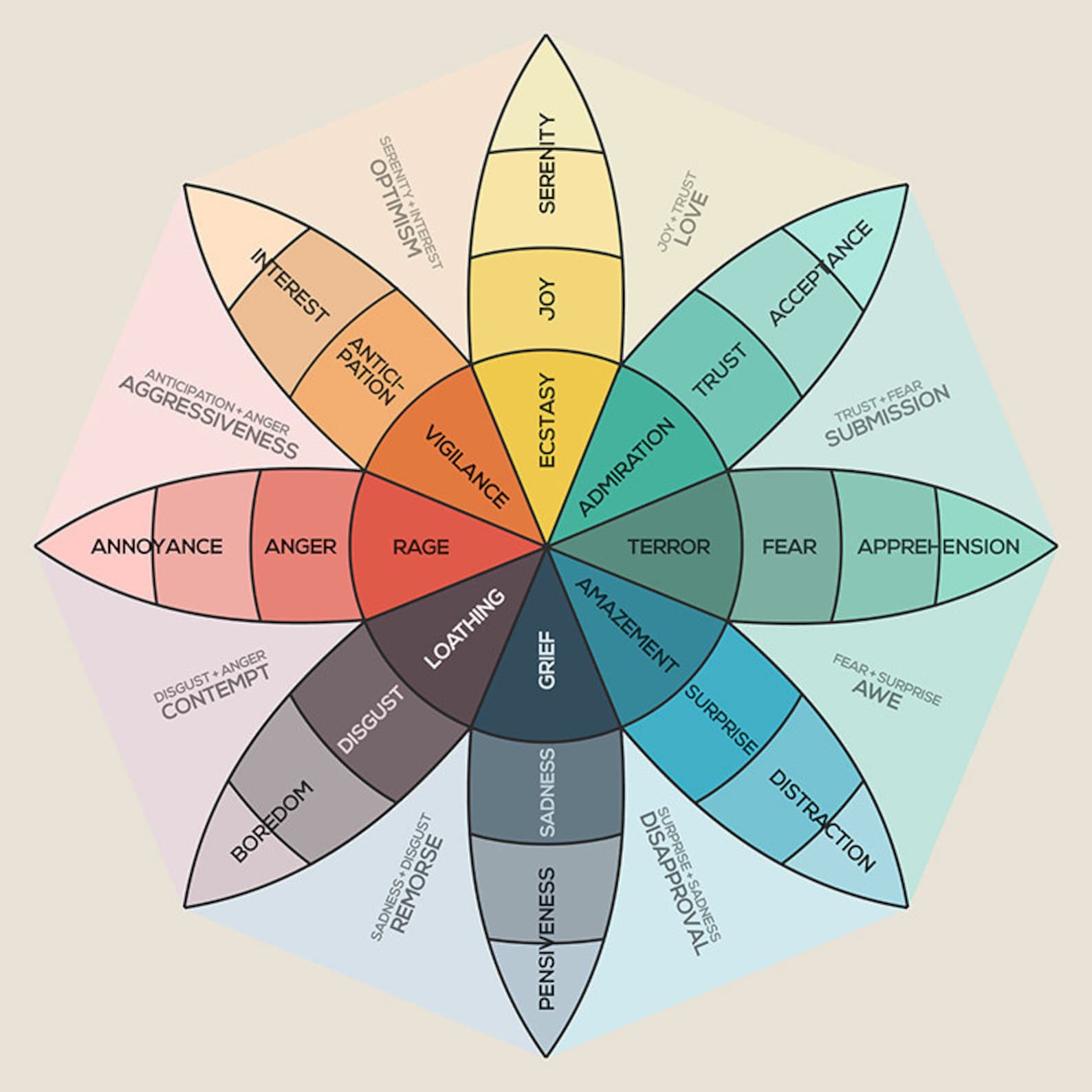

Expressions of this type of emotion can include: This response helps ensure that you are prepared to effectively deal with threats in your environment. Your muscles become tense, your heart rate and respiration increase, and your mind becomes more alert, priming your body to either run from the danger or stand and fight. When you face some sort of danger and experience fear, you go through what is known as the fight or flight response. People have long believed that happiness and health were connected, and research has supported the idea that happiness can play a role in both physical and mental health.įear is a powerful emotion that can also play an important role in survival. The realities of what actually contributes to happiness are often much more complex and more highly individualized. For example, pop culture influences tend to emphasize that attaining certain things such as buying a home or having a high-paying job will result in happiness. While happiness is considered one of the basic human emotions, the things we think will create happiness tend to be heavily influenced by culture. Tone of voice: an upbeat, pleasant way of speaking.

Body language: such as a relaxed stance.

This type of emotion is sometimes expressed through: Research on happiness has increased significantly since the 1960s within a number of disciplines, including the branch of psychology known as positive psychology. Happiness is often defined as a pleasant emotional state that is characterized by feelings of contentment, joy, gratification, satisfaction, and well-being. Less intense emotions are on the outside.Of all the different types of emotions, happiness tends to be the one that people strive for the most. The most intense emotions are demonstrated by people less often and are contained within a smaller visual space near the dark center. Brighter, bolder colors are associated with more intense emotions. Visually, it might help to think of basic emotions as levels of color that become more intense as they pull inward towards the circle center. For example, levels of angry are shown as: Within each basic emotion there are levels of that emotion which range from less intense on the outside to more intense in the center. Read about a study using the EMOTIONS COLOR WHEEL to improve emotion recognition deficits and social functioning levels in inpatients with paranoid schizophrenia.ĬLICK HERE TO VIEW THE EMOTIONS COLOR WHEEL The circle is divided into colors to show some basic emotions. The Emotion Color Wheel can help visually group feelings.


 0 kommentar(er)
0 kommentar(er)
